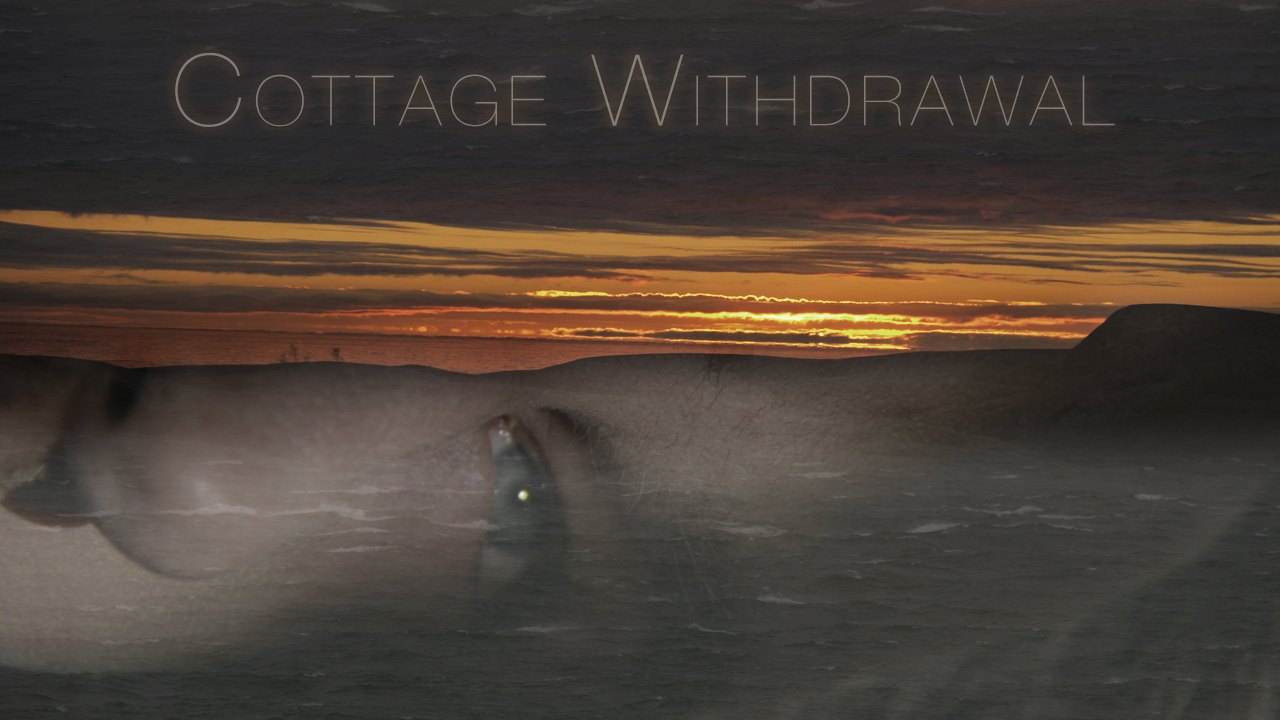Last Choice is a hybrid documentary exploring the social-withdrawal phenomenon and the dark side of the society in Japan. Set during the deadly earthquake and tsunami in 2011, the live-action film follows a true story about a hikikomori who has locked himself in room playing games for three years. The gamer faces the dilemma between going out or staying in the storm. Ultimately this is a choice between life or death.
Director’s Statement
Under the most desperate circumstance, what would you choose, if facing the deepest fear is the only way of survival? What if the fear is actually the most ordinary thing you can ever imagine, which is other human beings? Most people will prefer facing other people than dying without a doubt. But for some people, they would rather commit suicide than seeing anyone.
Hikikomori, which is a Japanese term for social-withdrawal, is becoming one of the most urgent social topics in Japan. Literally meaning “pulling inward and being confined”, hikikomoris are reclusive adolescents or adults who withdraw from social life, often seeking extreme degrees of isolation and confinement. Estimates suggest that nearly half a million Japanese youth have become social recluses, which is almost 10% of Japanese teenage population. They refuse to participate in any social occasions and facing anyone, even under the dire situation.
They live out their lives in the virtual world, instead of the real one.
To recreate the true story of a hikikomori committing suicide by deciding not to evacuate before the tsunami in 2011, Lu, the director of ‘Last Choice’, follows the hikikomori’s footsteps to Japan and worked with local communities and journalists. Through having interviews with hikikomoris and their families, ‘Last Choice’ tries to reveal the reason behind the choice that looks so abnormal on the surface. The crew is made up by a big percentage of hikikomori, including the narrator and the actor, who are willing to share their own experiences.
“Arising from heavy stress, all of sudden at the age of late 30s I confined myself to a room for about one year. This experience gave me some sort of idea when I created the character for the project.” Sho Oyamada, the lead actor of ‘Last Choice’ said.
‘Last Choice’ is also a story about the ultimate relationship between a man and space, even the space beyond physical. Hikikomori literally means a person living in the cocoon. To recreate the cocoon, which is the perfect nest for hikikomori, both physical sets and digital sets referenced from Japan Otaku culture during the early 2010s. Games like Final Fantasy and Gundam are memories for otakus during that time frame, thus the production design, set design, and character design are all created according to the aesthetic and logic of well-known mangas and animations.
“Lu recreated a dark room of hikikomori in his apartment basking in full of sunshine in Los Angeles, cast a Japanese actor who had been actually a hikikomori in the past, and took a trip to Japan to hear the voices of the real hikikomoris. I was one of them, and our interview has been published on the Hikipos; the web media that Japanese hikikomoris are running by ourselves. All those processes have produced this work, consisting of the cruel contrast between the raw tragedy by natural disaster and the glittering world drawn in the mind of the hero hikikomori,” said Vosot Ikeida, the narrator of the film, who is a Japanese man who has been confining himself for more than 30 years.
The purpose of the project is to raise awareness of hikikomori for the audience who consider themselves “normal” and rethinking what is “craziness.” Hikikomoris are being discriminated and being looked down upon in Japan, but it is a result of a series of tangled society and family issues. Social-withdrawal is also not exclusive to Japan, there are similar cases being reported all around the world. While more and more sociologists and psychologists devoting themselves in learning this urgent topic, the film will be the agency to understand how severe this phenomenon is.



